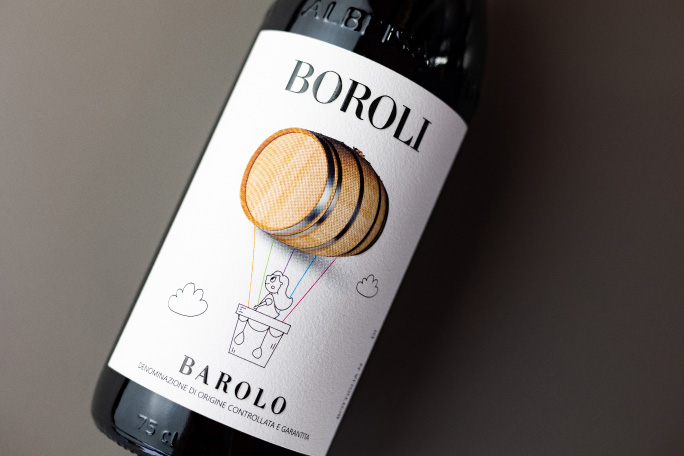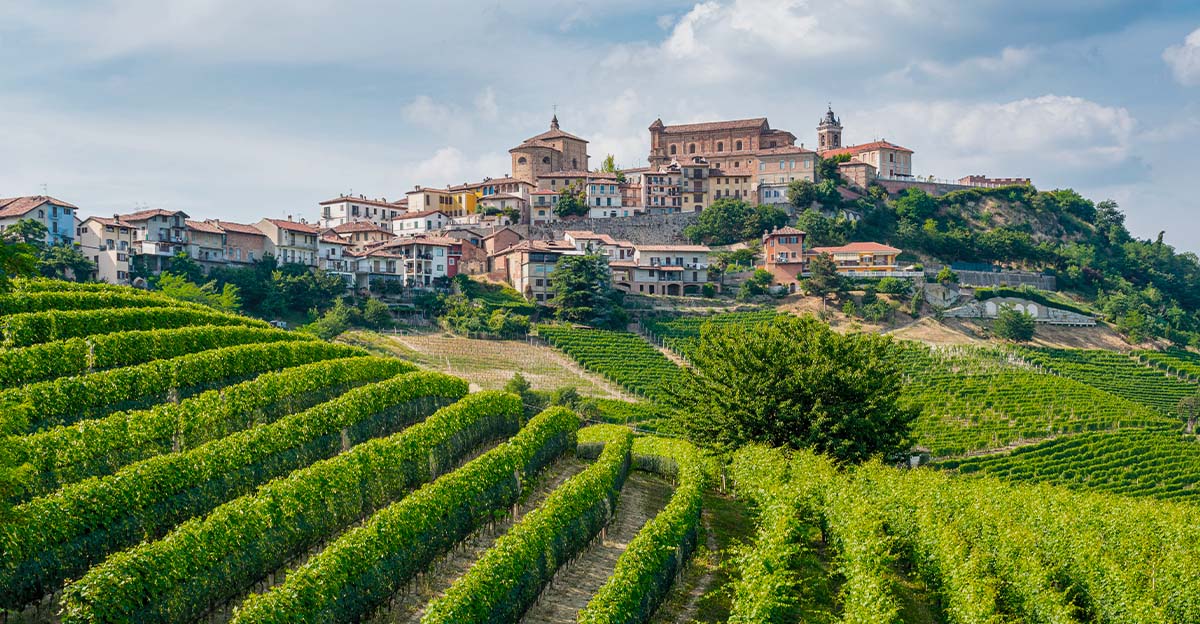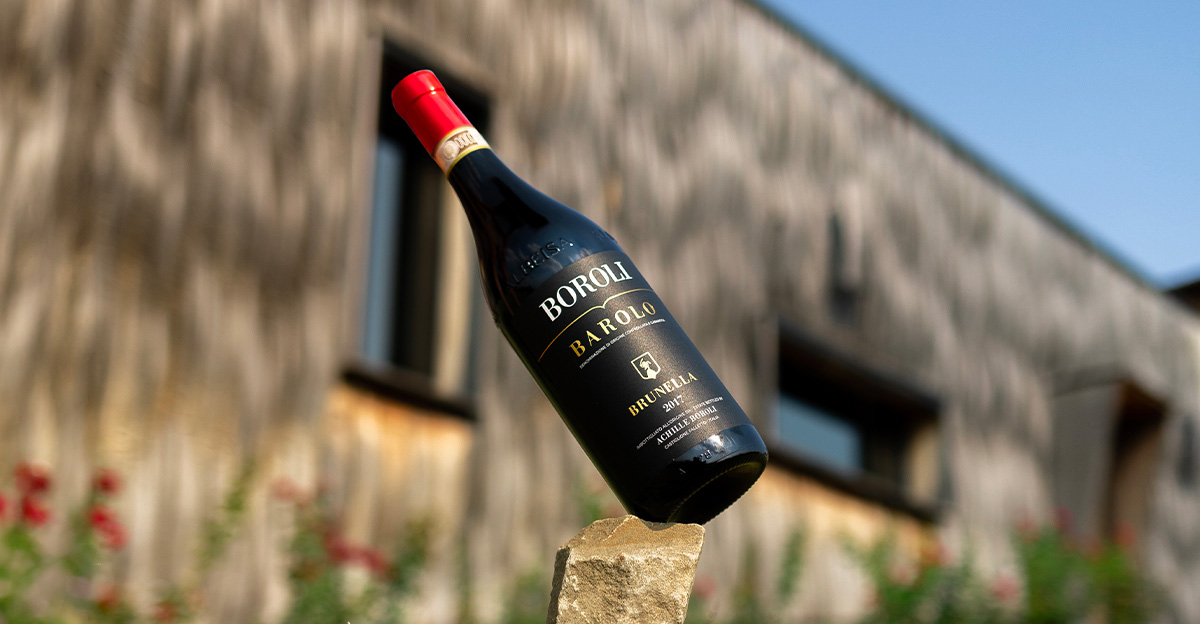Wine is a complex and refined beverage, a complexity and wonder that are reflected in a fundamental element of its storytelling: the label. In this article, we will discover what information should appear on the wine label. Understanding labels is essential to make an informed choice when buying a bottle or ordering a glass at a restaurant. It is a sort of ID card for wine, where essential information is gathered. The importance of labels lies in the fact that the information must be clear and verifiable to help consumers make a conscious choice.
What needs to be on the back of a wine label?
The choice of a bottle of wine can be influenced by many factors, such as the production region, the type of grape used, and the aging level. Therefore, the wine label must provide this information clearly, as labels are the meeting point between the bottle and the consumer.
The European Union has established specific laws regarding wine labeling in order to standardize this aspect throughout the territory and ensure greater transparency in the wine market.
The mandatory information on a wine label
The label must include certain mandatory indications, including the name of the wine, the name and corporate name of the bottling company, the alcohol content, and the quantity. Here is a detailed list of what must be written on a wine label:
- Wine name: The name, accompanied by the region or geographical area of origin, should be followed by the classification acronym (Protected Designation of Origin for PDO wines, Controlled and Guaranteed Designation of Origin for DOCG wines, and Protected Geographical Indication or Typical Indication for PGI or IGT wines) or the category of membership in case of lack of a specific classification.
- Bottler: The wine label must indicate the name and corporate name of the entity responsible for bottling (including address).
- Alcohol content: Information about alcohol content is expressed as a percentage by volume but is also accompanied by the indication of sugar residue if it is a sweet wine, as it can contribute to the increase in alcohol percentage.
- Wine quantity: The quantity of wine in the bottle must be clear and expressed in liters, centiliters, or milliliters.
- Lot of origin: The label must indicate the lot to which the wine belongs, including the bottling date.
- Special wordings: European regulations on food safety require the mention “Contains sulfites” for all wines containing more than 10 mg/liter of sulfur dioxide.
It is important to note that starting from December 8, 2023, some mandatory information on wine labels will change: all bottles sold in the European Union will have to include ingredient lists, nutritional information, allergens, and energy data. This information will be fully displayed on the labels or can be provided electronically (via QR code linking to the website for essential information). Furthermore, for wines sold in Ireland, the regulation requiring health labeling of alcoholic beverages has officially been approved. The law has the aim to clearly indicate the potential risks of excessive alcohol consumption on health.
How to read wine labels?
A wine label provides many important pieces of information that help understand the product and its characteristics. It is sufficient to know where to look to decipher the labels in a simple and clear way.
The wine name is the identifying element of each bottle and is usually written in a different font from the rest of the information. It is located in the center or at the top of the label, accompanied by the brand name. The sales denomination, which is the designation acronym, is indicated immediately after the wine name and expresses the quality of the bottle’s content.
The indication of the wine quantity is usually placed in the bottom right corner, typically around 75 centiliters (indicated as 75cl or 750 ml) for the regular bottles, or in any other format.
The bottler’s references on the label must be expressed through name, corporate name, city, and country.
The wine label (with the exception of fortified wines, sparkling wines, and spumante) clearly indicates the vintage year because each vintage presents different characteristics from the previous one due to the unpredictability of the climate and various factors that contribute to the uniqueness of each harvest. It is an indication that helps understand what to expect from the wine.
Usually, in the lower part of the label, information regarding allergens is provided (specifically indicated through symbols or mentions): milk and milk-based products, eggs, and sulfites.
The alcohol content, conventionally placed in the bottom right corner, is defined by the amount of sugars contained in the grapes and expressed as a percentage by volume (e.g., 14% vol.).
Also at the bottom, the label indicates the lot, which identifies a set of bottles packaged within a certain period and under identical conditions. It is defined by the bottler and can be progressive or include the bottling date.






